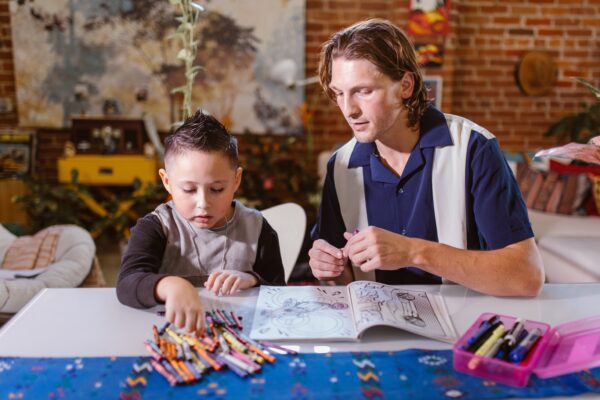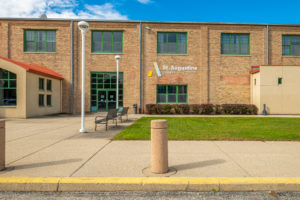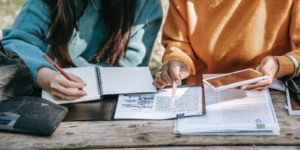Helping Children with Learning Disabilities

Working with children from birth through adolescence is a great and enriching career, one where you can see how they emotionally, mentally, and physically develop. Each child needs varying degrees of assistance. Learning disorders in children are fairly common, and now more than ever before, Childhood Development education has paved the way in helping special needs students not only get the attention they deserve but help them work around their disabilities to reach their full potential.
Tips to Help a Student With a Learning Disability
When it comes to facilitating the learning process, these tips can help you create communication skills or activities for special needs students, and help build a positive learning environment where all of your students can feel involved and included.
Break Down Tasks into Smaller, More Manageable Parts
When it comes to learning disorders in children who lack focus, such as children with ADHD, a large, multi-step task may not just feel daunting or intimidating, it might feel seemingly impossible. In many cases, the child will either not even attempt the complete the task, or they will give up after the first step, unable to keep focused long enough to complete the task. By breaking up the task into smaller parts you are making every step far more manageable, and easy to grasp. They can see how easy it is, and how rewarding it can be, to move from one step to the next, with each step feeling like another accomplishment.
Use Visual Aids
Visual learning is not just for helping special needs students, but for those young children who are easily distracted, it is a great way to keep them (and therefore the rest of your students) engaged with the school work. You can use a variety of visual aids to achieve this, such as big, easy-to-read letters or words, and bright colors that the child’s eyes naturally gravitate towards. Learning disorders in children vary, but in many cases, a common issue with teaching a student with a learning disability is their inability to focus in class.
Using Play Can Help Reach the Flow State
The flow state of mind, also known as being in “the zone”, is when someone is fully immersed in the activity they are performing. In recent years, many studies have shown that play is actually a great way to help not only promote development but can teach students how focusing can be “fun”, and how play can help a child with learning disabilities, who might struggle to complete simple tasks or is unable to listen to teachers.
Take Your Time
The most important gift you can give someone who is dealing with learning disabilities in kindergarten, elementary school, or even pre-K, is patience. Every child’s learning style is different, and the quicker you can learn to understand, the better. Give your students the ability to feel comfortable with learning, for certain students it might be imperative that you give them more time to achieve their assignments. Some children are either causing trouble in class, by either yelling or riling up their fellow classmates, and it might be helpful to talk to these students and see what is going on, why they can’t engage with the schoolwork, and why they keep on becoming distracted by practicing communication skills activities for special needs students.
Where can You Learn and Get a Degree in Child Development?
At St. Augustine, our A.A. in Liberal Arts and Sciences with a concentration in Child Development gives you the opportunity to develop the skills necessary for working with children. This associate’s degree with a concentration in child development can set you up for a career helping special needs students, and creating a positive classroom that encourages a love for learning. As a learning foundation, the Child Development degree is the starting point for a Bachelor’s Degree in Education or Human Services.




